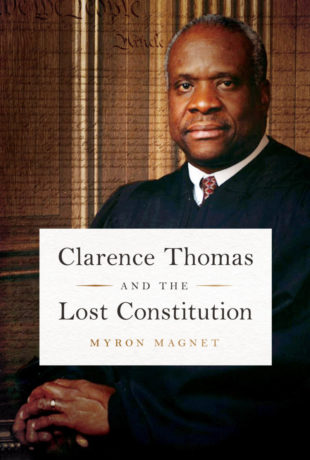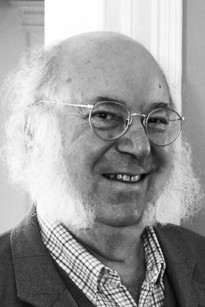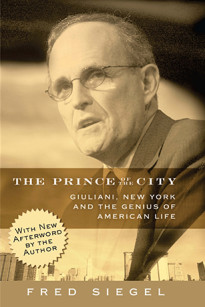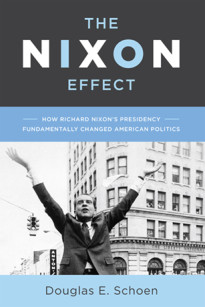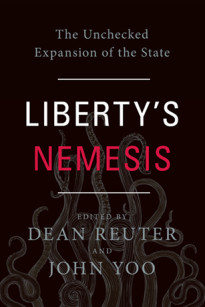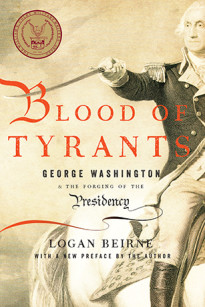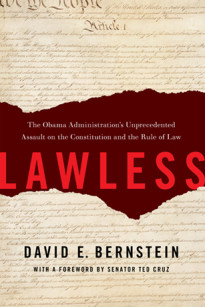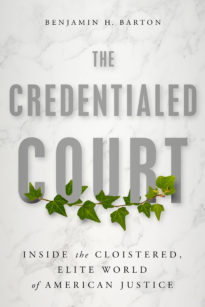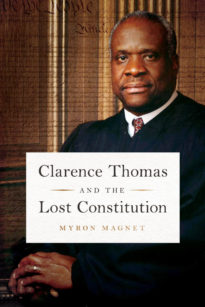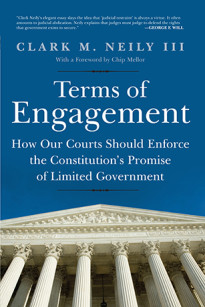Clarence Thomas’s 1950s childhood, as a black kid in hyper-segregated Savannah, under the vigilant eye of his ferociously self-reliant grandfather, formed him into the independent-minded, responsible individualist that America’s Founding Fathers assumed—wrongly—would always be this nation’s unique character type. The old-fashioned virtues he learned gave him the strength to reject the 1960s victimology and identity politics in which his well-earned academic success marinated him. When, after decades of government service, constantly battling the responsibility-shirking orthodoxies of racial grievance, he rose to the Supreme Court—after his own confirmation hearings’ up-close experience of the rancorous race and sex politics that define our era—he was uniquely equipped, by character and culture, to understand and revere the Constitution as the Founders wrote it, “to secure the blessings of liberty to ourselves and our posterity.”
What he found when he ascended the Bench, though, was a Constitution twisted almost beyond recognition from the 1787 document and the 1789 Bill of Rights that the Founders had framed, and the Reconstruction-Era Amendments ratified to fulfill Lincoln’s dream of a new birth of freedom. Woodrow Wilson, who despised the Framers’ checks and balances as obsolete and inefficient, purposely began that distortion, aiming to replace the Founders’ government of separated, enumerated, and limited powers with government by unelected, “scientific” experts in executive-branch agencies, dispassionately making binding rules like a legislature, carrying them out like a president, and adjudicating and punishing infractions of them like a court. Also instead of cumbersome congressional lawmaking, Wilson saw the Supreme Court as a permanent constitutional convention, the soul of a “living constitution” that would evolve continually, in Darwinian fashion, with the Bench legislating to meet modernity’s ever-new needs. What Wilson set going, Franklin Roosevelt supersized, creating in the alphabet soup of New Deal agencies what he acknowledged was a fourth branch of government with no constitutional basis.
More painful to Thomas, his predecessors on his own Court had helped kill Reconstruction in its cradle through grotesque 1870s and ‘80s decisions that neutered the Fourteenth and Fifteenth Amendments and ensured decades of Jim Crow black subservience in the South. Even worse, the Court still cites those decisions as precedents for its rulings to this very day. But such racist judgments surely don’t merit the status of Constitutional law, Thomas concluded. In the Justice’s radical originalism, clearly explained in these pages in engaging, non-lawyerly prose, the only legitimate Constitutional law is the Constitution.
So far, none of Thomas’s searching opinions has served as the Court’s majority ruling. But he is laying down, within the Court’s official record, a blueprint for future Justices to restore the authentic U.S. Constitution, just as his own character embodies the old ideal of American citizenship, with liberty at its heart.
